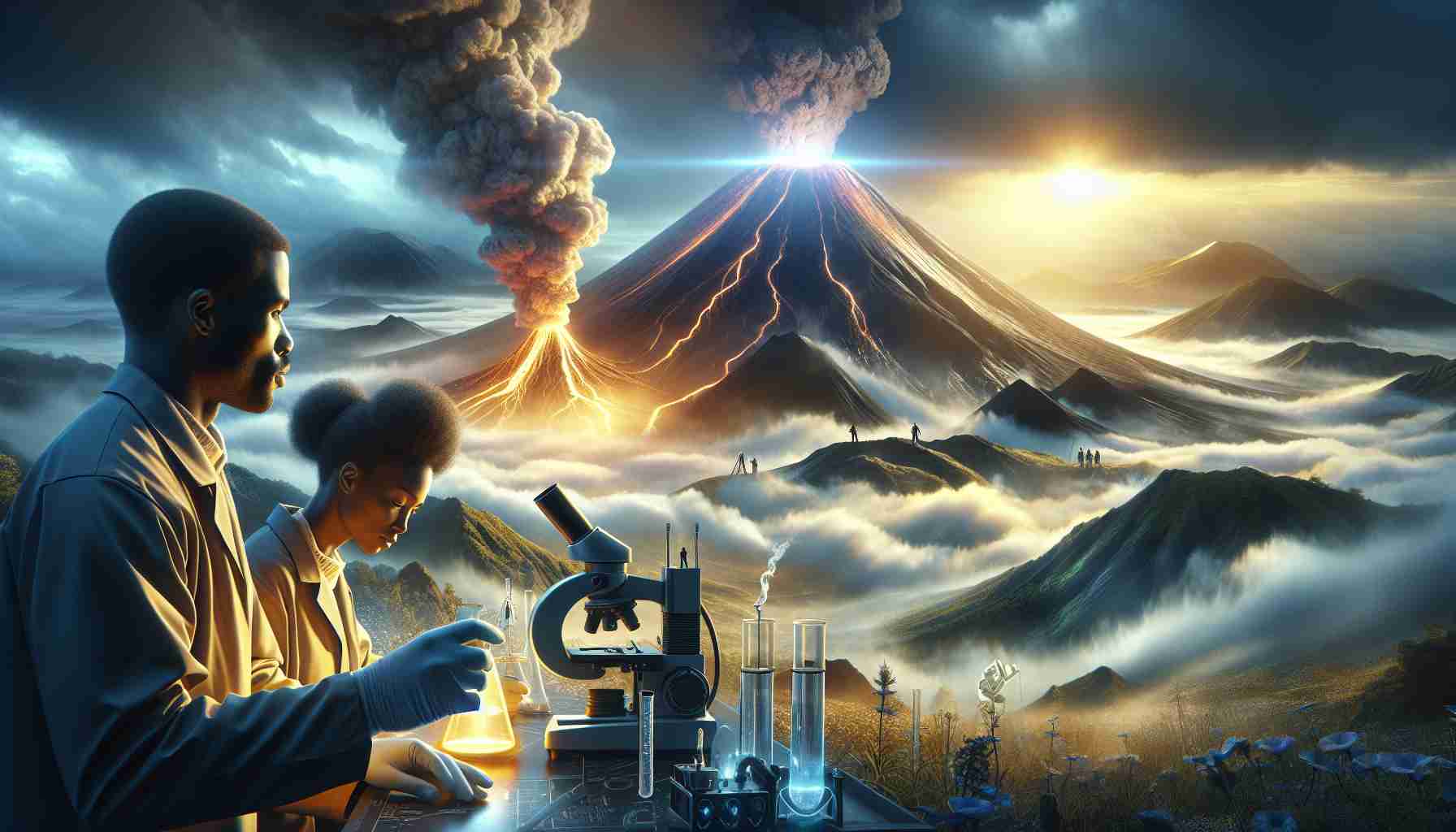- Mt. Ontake stands at 3,067 meters and is a significant volcano in Japan.
- The outreach initiative aims to educate locals about the dangers and benefits of volcanic activity.
- Participants learned about volcanic eruptions and essential safety measures.
- The event highlighted the beauty of the landscapes surrounding Mt. Ontake, enriched by volcanic soil.
- Understanding volcanoes is crucial in the context of climate challenges and geological phenomena.
- Empowering communities with knowledge can transform volcanoes from threats into valuable treasures.
Discover the captivating world of volcanoes as the Mt. Ontake Volcano Master Network hosts an eye-opening event in Ina City! On September 9th, locals gathered for the inaugural “Outreach Mt. Ontake Visitor Center in Ina City,” a unique lecture series delving into the mysteries of Mt. Ontake, one of Japan’s majestic volcanoes standing tall at 3,067 meters.
The initiative aims to educate residents who may not have had close encounters with volcanic activity, transforming ignorance into awareness about both the dangers and benefits posed by volcanoes. Through engaging presentations, participants explored how eruptions unfold and the vital safety measures that can safeguard lives when nature roars to life.
But that’s not all—attendees were treated to a journey through the magic of volcanic landscapes, learning about the breathtaking beauty that surrounds Mt. Ontake. From the lush flora nourished by volcanic soil to the stunning vistas that draw hikers and nature lovers, this event aims to foster a deeper connection between the community and the majestic force of nature at their doorstep.
As our world faces climate challenges and geological phenomena, understanding the power of volcanoes becomes essential. The key takeaway from this enlightening event? Knowledge is power. With awareness, we can embrace both the risks and rewards that volcanoes present, transforming them from mere threats into tangible treasures for our environment and culture.
Join the movement to uncover the wonders of our planet and ensure your safety while enjoying its splendor!
Unleashing Nature’s Secrets: The Surprising Benefits and Risks of Volcanoes!
Understanding Volcanoes: The Hidden Gems and Dangers
Volcanoes are often viewed with trepidation due to their potential for destruction. However, they also offer a multitude of benefits that can be crucial for ecosystems and human civilization. Mt. Ontake, a significant stratovolcano in Japan, provides an excellent example of how understanding these mighty geological features can convert fear into appreciation.
Features of Mt. Ontake
– Height: 3,067 meters, making it one of Japan’s prominent peaks.
– Ecosystem: Surrounds a diverse ecosystem that thrives on nutrient-rich volcanic soil.
– Tourism: Attracts hikers and nature enthusiasts, boosting local economies.
Use Cases of Volcanoes
– Geothermal Energy: Volcanoes are potential sources of geothermal energy, providing sustainable power solutions.
– Minerals and Resources: Eruptions expose fresh mineral deposits, which are vital for various industries.
– Biodiversity: Unique plant and animal species adapted to volcanic soils contribute to ecological variety.
Important Questions About Volcanoes
1. What are the main dangers associated with volcanoes?
Volcanoes can pose several threats, including pyroclastic flows, ash fall, and lava flows. These events can lead to loss of life, property damage, and disruption of air travel. Understanding these dangers helps communities prepare and respond effectively.
2. How can communities benefit from proximity to volcanoes?
Communities located near volcanoes can harness their geothermal energy, use volcanic ash for agriculture, and benefit from increased tourism. Education initiatives like the Mt. Ontake Outreach Visitor Center aim to maximize these advantages while ensuring safety.
3. What role do volcanoes play in climate regulation?
Volcanoes can impact climate through greenhouse gas emissions and ash clouds that may cool the atmosphere. Understanding these interactions is vital for comprehending both past and future climate changes.
Market Forecast
The global market for geothermal energy is projected to reach $40 billion by 2030, highlighting a growing appreciation of the benefits volcanoes offer in energy production.
Pros and Cons of Living Near Volcanoes
Pros:
– Access to fertile land.
– Renewable energy options.
– Rich cultural heritage and tourism potential.
Cons:
– Risk of eruptions and natural disasters.
– Economic uncertainty due to possible evacuations.
Trends in Volcanology
Current trends indicate a rise in technology integration within volcanology. Advanced monitoring systems, satellite imaging, and AI are enhancing eruption prediction and risk management, ultimately leading to improved public safety.
Innovations in Safety Measures
Recent innovations include real-time monitoring of seismic activity and new software that predicts volcanic behavior. These technologies aim to provide communities with early warnings and data-driven insights.
Conclusion: Embracing Naturality
Volcanoes represent both a natural wonder and a formidable force. By fostering awareness and advancing safety measures, communities can transform their relationship with these geological giants, embracing their beauty while respecting their power.
For more information about volcanic geology and safety measures, visit USGS and learn about ongoing research and educational resources.
